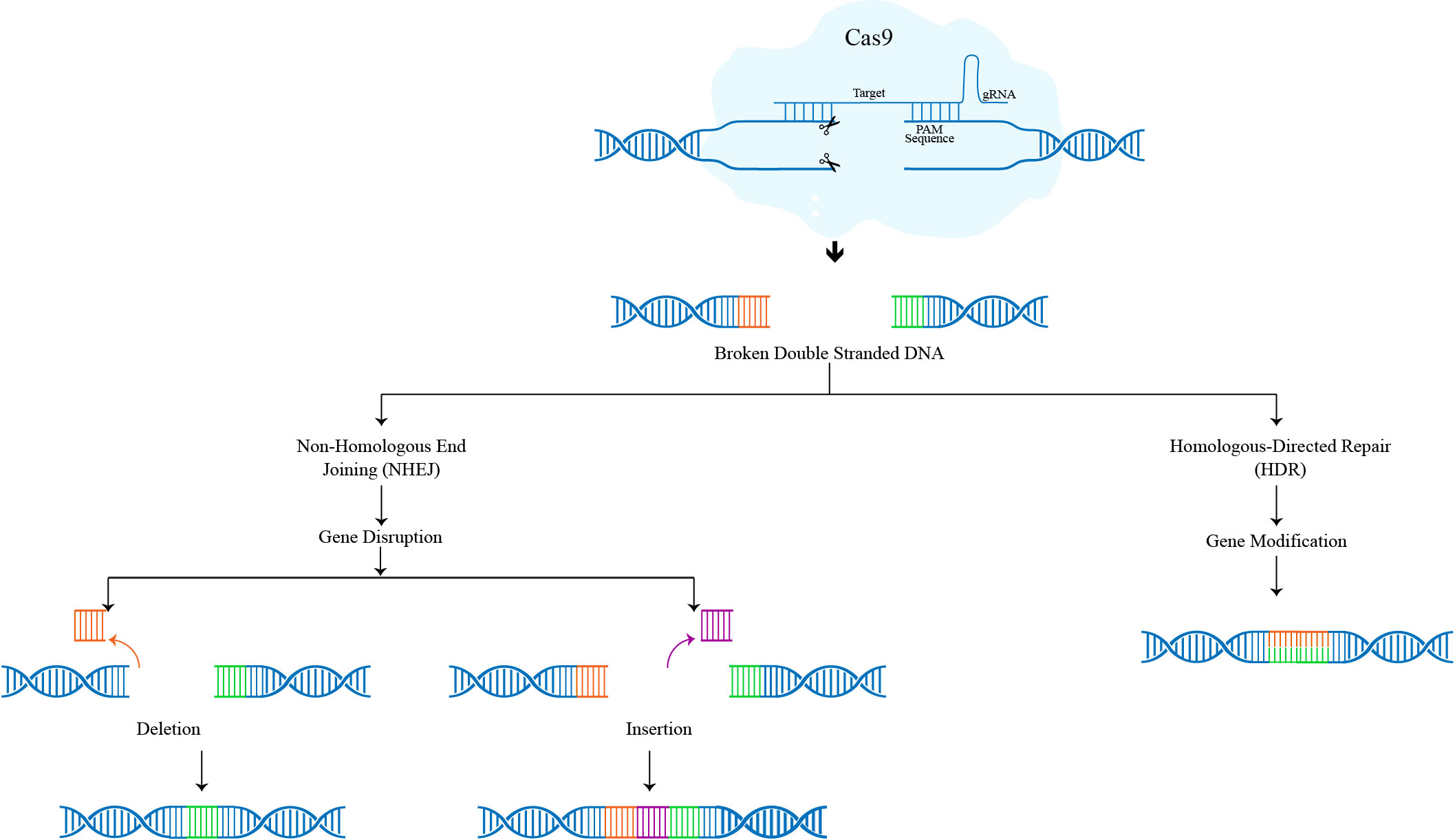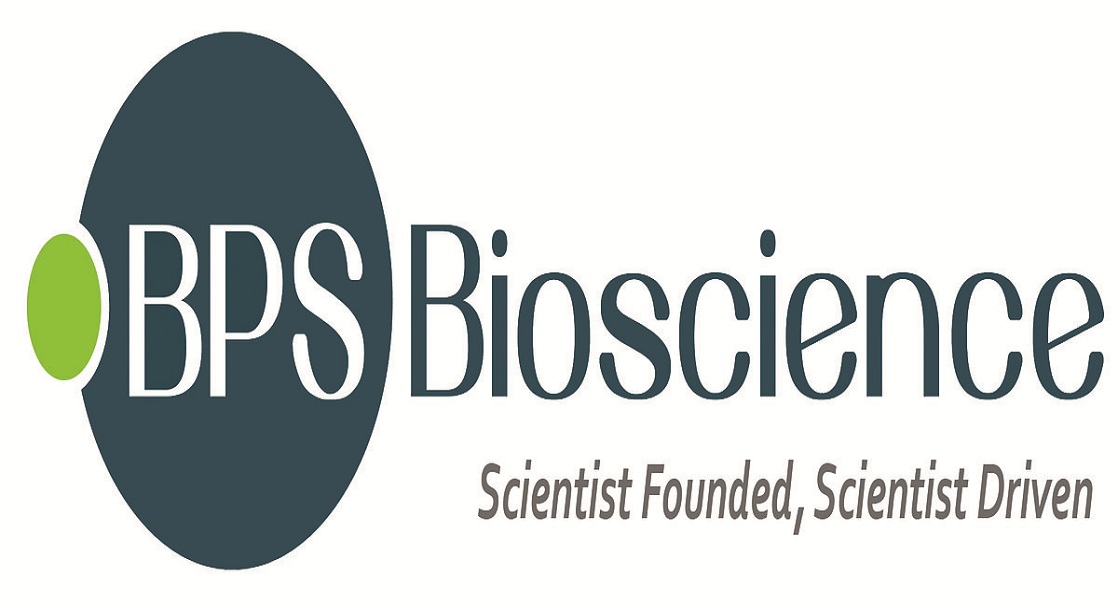
AnaSpec Distributor in India
AnaSpec: Leading Provider of Integrated Proteomics Solutions
AnaSpec is a globally recognized biotechnology company that manufactures and sells quality catalog and custom peptides, GLP and GMP proteomic-related products, and providesservicesto the biopharmaceutical industry, diagnostic companies, agro-food firms, academia, and governmental institutions. They also manufacture fluorogenic and FRET assay kits, fluorescent dyes, amino acids, and more for research, drug discovery, and diagnostic use. Their aim is to empower the scientific community in their endeavours to elucidate diseases and enhance health and well-being through their quality proteomic products and their use. The scientific team at AnaSpec is comprised of experts in the fields of peptide technology, fluorescence technology, combinatorial chemistry, and assaydevelopment. Their selection of in-stock catalogue products is focused on multiple research niches such as Alzheimer’s disease, multiple sclerosis, diabetes, cancer, epigenetics, and many others.
They have an extensive product range: Peptides, Enzyme Assay Kits, Recombinant Proteins & Enzymes, Dyes & Detection Reagents and Amino Acids & Synthesis Reagents for life science researchers around the world. BTL Biotechno Labs, based in India, proudly serves as an authorized AnaSpec supplier in India.
Peptides: They have a collection of more than 1,000 catalogue peptides classified across 11 research areas. The peptides are 95% purified and available for immediate ordering.
Key Features:
- batch to batch reproducibility
- Purity: ≥95.0%
- Endotoxin: ≤1 EU/mg
- Bioburden: Lot Specific
Peptide custom services includes Peptide Specifications,Heavy isotope-labeled,Fluorescent Labeled,FRET, TR-FRET, Cyclic, Disulfide-Bridged, Stapled, Phosphorylated, Lipopeptides, Glycosylated and Glycated, Peptide-Oligo Conjugatesand Peptide Libraries.
Enzyme Assay Kits: AnaSpec has manufactured assay kits for life scientists around the world and is continuously developing new kits with accuracy, speed, and convenience in mind. Their SensoLyte® kits are featured in high-impact journals and endorsed by customers for their reliability. They offer FRET and fluorogenic detection-based assays as well as ELISA Kits, all categorised by research or disease area. BTL Biotechno Labs, as a prominent distributor in India, plays a crucial role in providing AnaSpec products in India.
Forster resonance energy transfer (FRET) occurs when the excited state energy that is emitted by a fluorophore (donor) is absorbed by a quencher (acceptor) and prevents the fluorophore from emitting a fluorescent signal at its emission wavelength. The distance-dependent energy transfer only occurs when the donor and acceptor are within a range of approximately 10-100 angstroms. In the presence of the target protease, the substrate undergoes proteolytic cleavage, separating the fluorophore and quencher, resulting in the recovery of a fluorescence signal that is proportional to the enzyme activity. AnaSpec’s SensoLyte FRET assay kits feature peptide substrates labeled with proprietarylong-wavelength FRET pairs for higher sensitivity.
Fluorogenic protease substrates contain a dye at the peptide C-terminus or N-terminus that releases fluorescence upon proteolytic cleavage at the linkage site between the peptide and dye. This technology is useful for the analysis of exopeptidase activity.
The selectivity for a specific protease activity is enhanced by combining the specificity of an ELISA with the sensitivity of FRET in a single assay. This technology is useful when multiple proteases in a single test sample may recognize the same substrate. In this type of assay, a monoclonal antibody is employed to first pull out the specific protease of interest before incubation with the protease substrate. This assay method is the basis for our SensoLyte® Plus MMP-9 and SensoLyte® Plus MMP-13 Plus assay kits.
ELISA (enzyme-linked immunosorbent assay) is an immunological assay for the measurement of antibodies, proteins, and antigens in biological samples There are several variations of ELISA assays, but all utilize a coating of either antibody or antigen to capture and immobilize the molecule of interest onto the assay plate. In the direct ELISA method, the plate is then treated with a single primary labeled antibody that binds the already immobilized molecule of interest. IN the indirect and sandwich ELISA methods, an unlabeled primary antibody binds the already immobilized molecule of interest, followed by a labeled secondary antibody that recognizes the primary antibody. The plate is then treated with developer that reacts with the label (i.e., HRP, alkaline phosphatase) to produce a product that generates a spectrophotometric signal proportional to the quantity of test compound in the sample.
Recombinant Proteins: Their catalogue of recombinant proteins covers the most common proteins, mainly those related to neuroscience and cancer research. The portfolio includes Myelin Oligodendrocyte Glycoprotein (MOG) (Multiple Sclerosis), Tau (Alzheimer’s disease), Synuclein and DJ-1 (Parkinson’s disease), and MMPs (tissue remodeling).
EndoClear™ and EndoClear™Plus Grades
EndoClear™ and EndoClear™Plus are new grades of recombinant proteins containing low endotoxin levels. Most commercial recombinant proteins produced in bacteria contain inherent or residual endotoxin concentrations that create a variety of problems for researchers using cell culture.
They provide two levels of low-endotoxin alpha-synuclein protein:
- EndoClear™ Alpha Synuclein: 0.1 EU/ug protein
- EndoClear™Plus Alpha-Synuclein: 0.001 EU/ug protein
Labeling Dyes: AnaSpec provides a broad range of premium stand-alone reactive dyes, fluorophore-quencher pairs, and AnaTag™ labeling kits for varied labeling and detection applications. Fluorescent reagents are used extensively to trace the presence of biomolecules in cells and other biological systems. The great advancement of fluorescence reagents has promoted a host of more complex fluorescence technologies such as fluorescence resonance energy transfer (FRET), time-resolved fluorescence (TR F), fluorescence polarization (FP), fluorescence recovery after photobleaching (FRAP), fluorescence-activated cell sorting (FACS), and fluorescence correlation spectroscopy (FCS).
Excitation and emission wavelengths, fluorescence quantum yield, fluorescence lifetime, size, photostability, and biological functionality are important factors to be considered in the selection of a desired fluorescent probe for your applications.
Standard Amino Acids (L&D): Their collection of standard D- and L-amino acid cartridges is suited for protein and peptide synthesis applications.
Non-polar Amino Acids
Charged Amino Acids
Negatively charged (acidic)
The 20 standard amino acids are "proteinogenic" meaning they are naturally genetically encoded and can be incorporated into proteins during translation. Each amino acid carries a unique R group that renders it with specific chemical properties. In turn, the amino acids in a peptide sequence dictate the peptide properties such as hydrophobicity, solubility, and charge. L amino acids are the natural form (designated by upper case letters), and D amino acids are the unnatural form (designated by lower case letters).
Best Selling Products:
Amyloid beta peptides (1-40)
Amyloid beta (Aβ or Abeta) denotes peptides of 1–40 amino acids that are the main component of the amyloid plaques found in the brains of people with Alzheimer's disease (AD). The peptides derive from the amyloid-beta precursor protein (APP), which is cleaved by beta secretase and gamma secretase to yield Aβ in a cholesterol-dependent process and substrate presentation. The sequential proteolytic cleavage of the Amyloid Precursor Protein (APP) by secretases (α, b, g) generates beta-Amyloid peptide fragments, of which beta-Amyloid 1-42 forms a major component of amyloid plaques in neurons of AD brains. Beta-Amyloid 1-40 is the other major C-terminal variant of the Amyloid protein and is usually taken as a negative control when studying beta-Amyloid 1-42 effects in AD. Beta-Amyloid 1-40 is the primary soluble species with a 10-fold higher secretion than that of beta-Amyloid 42 in normal brains.
Collections of beta-amyloid 1-40 peptides:
Fluorescent & Heavy isotope labeled
Beta-Amyloid (1-40), FAM-labeled
Beta-Amyloid (1-40)-Lys(LC-biotin)-NH2, FAM-labeled
Beta-Amyloid (1-40), TAMRA-labeled
Beta-Amyloid (1-40), HiLyte™ Fluor 488-labeled
Beta-Amyloid (1-40), HiLyte™ Fluor 555-labeled
Beta-Amyloid (1-40), HiLyte™ Fluor 647-labeled
ClearPoint™ beta-Amyloid (1-40), 13C, 15N-labeled at Arg & Lys
Aggregation/Fibrillation & related
AggreSure™ beta-Amyloid (1-40), human
Beta-Amyloid (1-40) Binding Peptide, Biotin-labeled
SensoLyte® AMC Calpain Activity Assay Kit Fluorimetric
The calpains are a family of intracellular Ca2+-dependent cysteine proteases. The best-characterized calpains are isoforms 1 (m) and 2 (m). Calpains respond to Ca2+ signals by cleaving many specific proteins, thereby irreversibly modifying their function(s). They are implicated in a variety of Ca2+-regulated cellular processes as well as various pathological phenomena, such as ischemic injury, muscular dystrophy, diabetes, cataract, atherosclerosis, Alzheimer’s disease, and cancer. Calpains represent potential therapeutic targets for drug discovery.The SensoLyte® AMC Calpain Assay Kit is optimized for detecting calpain activity. This kit contains a fluorogenic peptide substrate, suc-LLVY-AMC. Upon calpain protease cleavage, suc-LLVY-AMC generates the AMC fluorophore, which emits bright blue fluorescence and can be monitored at excitation/emission = 354/442 nm. An increase in AMC fluorescence is proportional to calpain activity. The assay can detect both calpain 1 (µ) and 2 (m) activities and is ideal for kinetic studies of these enzymes. The assays are performed in a convenient 96-well microplate format.
SensoLyte® Transglutaminase Activity Assay Kit Colorimetric
Transglutaminases (TGs) are Ca2+ and thiol-dependent enzymes that catalyze posttranslational modifications of proteins. These covalent reactions include the formation of isopeptide linkages between the carboxyl groups of protein-bound glutamine residues and the -amino groups of protein-bound lysine and polyamine residues, as well as the hydrolysis and esterification of glutamine residues. The family of TGs includes at least nine members: TG 1-7, coagulation factor XIIIa, and the keratinocyte membrane-bound TG form. TG has attracted considerable interest as a potential drug target. Its activity is thought to contribute to Alzheimer disease, Parkinson disease, Huntington disease, and supranuclear palsy.
SensoLyte® Transglutaminase Activity Assay Kit provides a convenient assay for the high-throughput screening of TG modulators and inhibitors. TG catalyzes covalent bond formation between a free amine group of poly-D-lysine, which is coated on the plate surface, and the -carboxamide group of glutamines in the biotin-TVQQEL peptide substrate. The reaction immobilises the biotin-conjugated peptide to the plate surface. The amount of immobilized biotin is determined using streptavidin-horseradish peroxidase (HRP) and TMB substrate. The colorimetric signal generated by HRP and TMB substrates is proportional to the activity of TG in a sample. The assay is performed in a convenient 96-well microplate format.
SensoLyte® pNPP Protein Phosphatase Assay Kit Colorimetric
Protein phosphatases have received great attention as drug-screening targets. p-Nitrophenyl phosphate (pNPP) is proven to be an effective chromogenic substrate for protein tyrosine phosphatases and serine/threonine phosphatases. SensoLyte® pNPP Protein Phosphatase Assay Kit uses pNNP to quantify protein phosphatase activities. The kit can be used for characterising the kinetics of enzyme reactions and high-throughput screening of protein phosphatase inhibitors. It has a high sensitivity and wide linear range (the detection limit is generally 3 ng or below). The kit contains: pNNP chromogenic substrate; protein phosphatase inhibitor; and assay buffer. A 'mix and read' assay protocol that is compatible with HTS liquid handling instruments
SensoLyte® 520 ADAMTS13 Activity Assay Kit Fluorometric
ADAMTS13 (A Disintegrin-like and Metalloprotease with Thrombospondin Type-1 Motifs) is a metalloproteinase that is primarily synthesized in the liver cells and secreted into the blood circulation. ADAMTS13 specifically cleaves von Willebrand factor (vWF) at the Tyr1605-Met1606 peptide bond. vWF is a multimeric glycoprotein that mediates the adhesion and aggregation of platelets. ADAMTS13 is essential for preventing platelet aggregation in the circulation. A deficiency of plasma ADAMTS13 activity may lead to thrombotic thrombocytopenic purpura (TTP), a potentially lethal syndrome characterized by the formation of VWF-platelet-rich thrombi in the arterioles and capillaries. Studies have also shown that ADAMTS13 is involved in angiogenesis, inflammation, atherosclerosis, and liver cirrhosis. Measurement of ADAMTS13 activity in plasma has been used to support the acute diagnosis of TTP. FAM/QXL® 520 FRET.
pair. ADAMTS13 cleaves this FRET substrate into two separate fragments, resulting in the release of 5-FAM fluorescence, which can be monitored at Ex/Em = 490/520 nm. The long-wavelength fluorescence of 5-FAM is less interfered with by the autofluorescence of components in biological samples.
We, BTL Biotechno Labs Pvt. Ltd., are proud to be an authorized distributor of AnaSpec, offering their entire product range to support diverse research fields in India. Our range includes a vast selection of peptides, recombinant proteins, labeling dyes and reagents, enzyme assay kits, amino acids, and more. We aim to foster advancements in various research areas such as cell biology, cytokines and growth factors, neuroscience, cancer, protein modification, cell death and stress, and many others. BTL Biotechno Labs, based in India, proudly serves as an AnaSpec products supplier in India.
For more details, follow the below link:
For product details, please connect with us at info@biotechnolabs.com.








